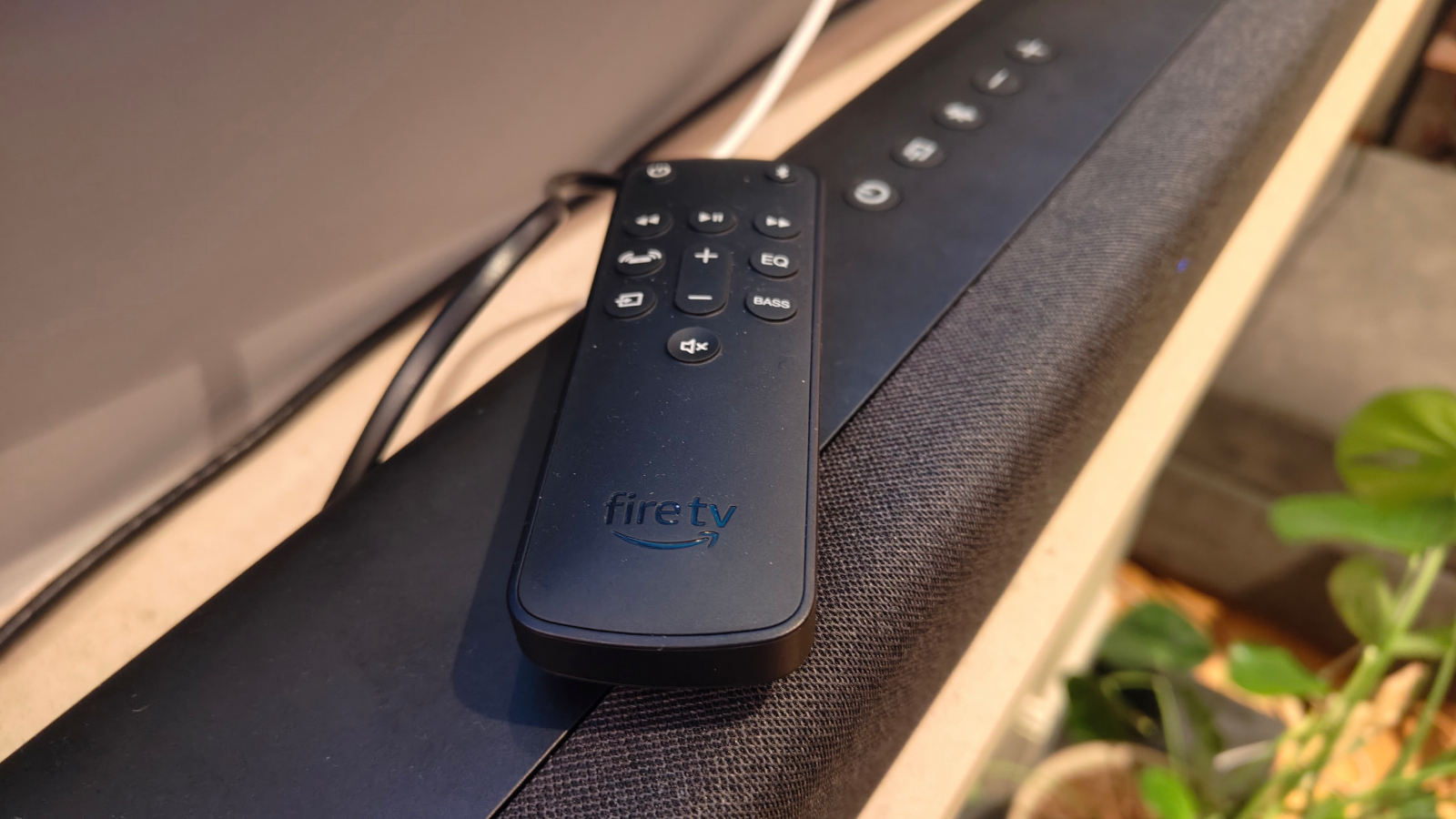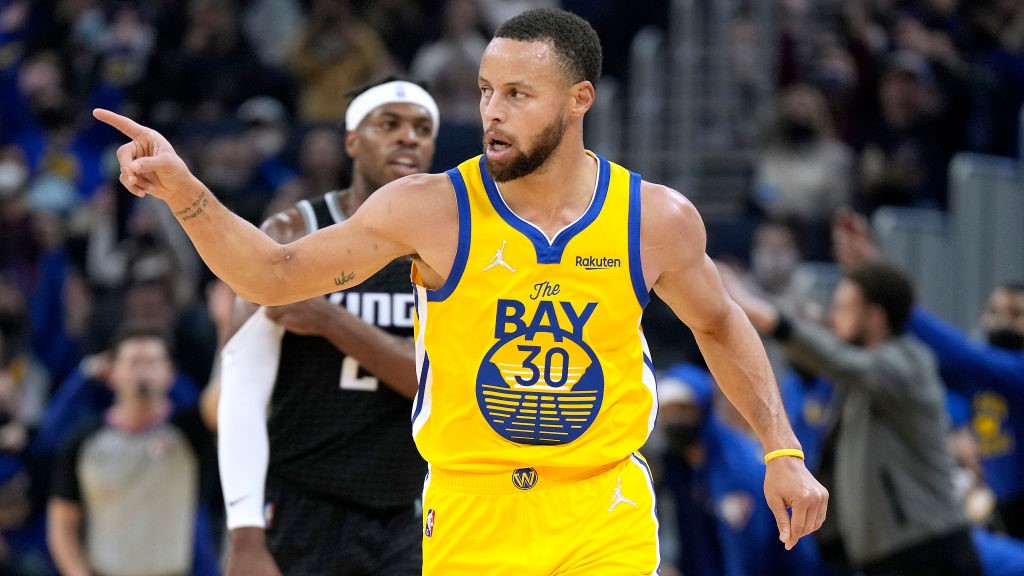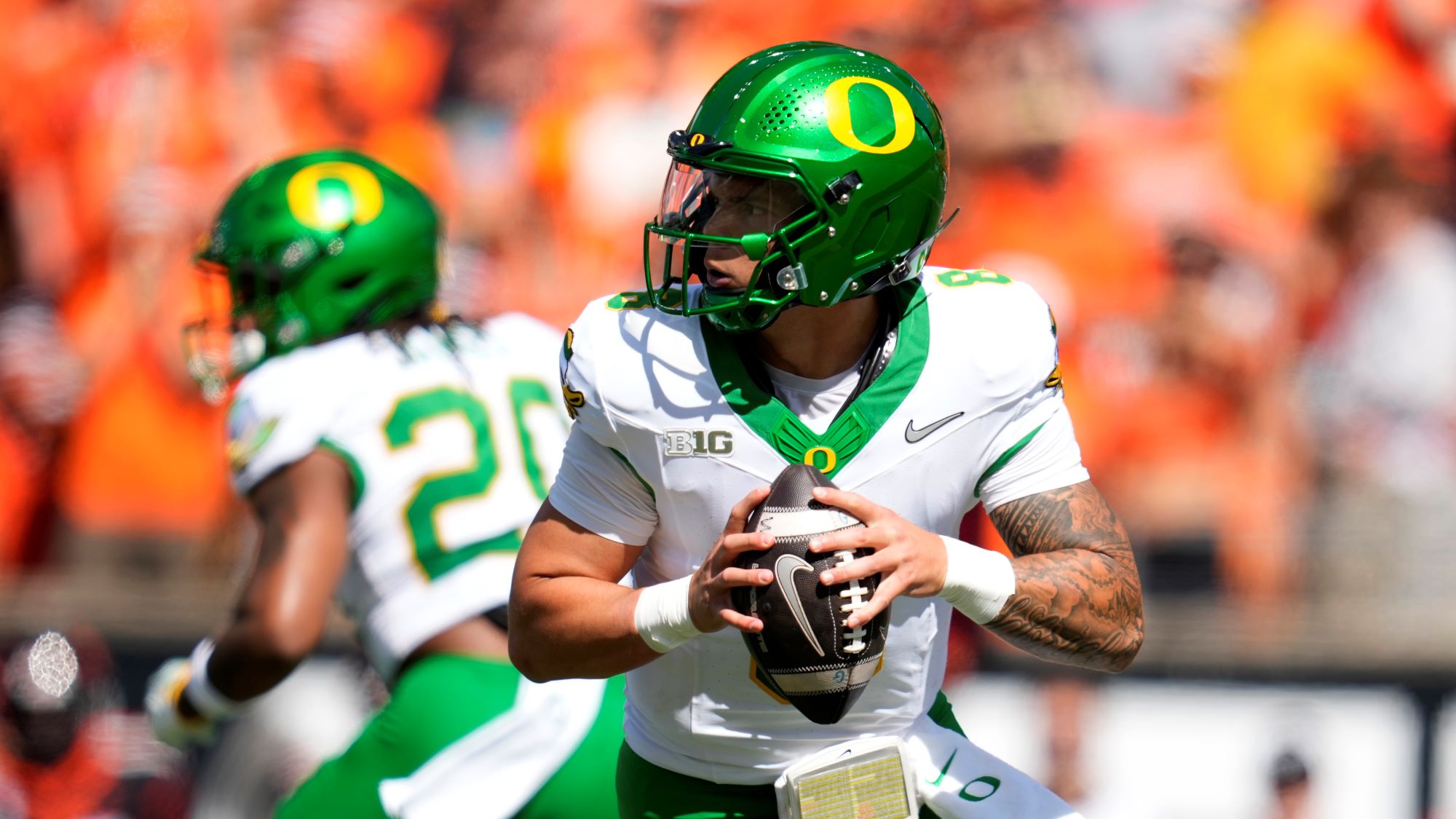The CordCutters guide to FREE over-the-air TV
A little antenna can go a long way
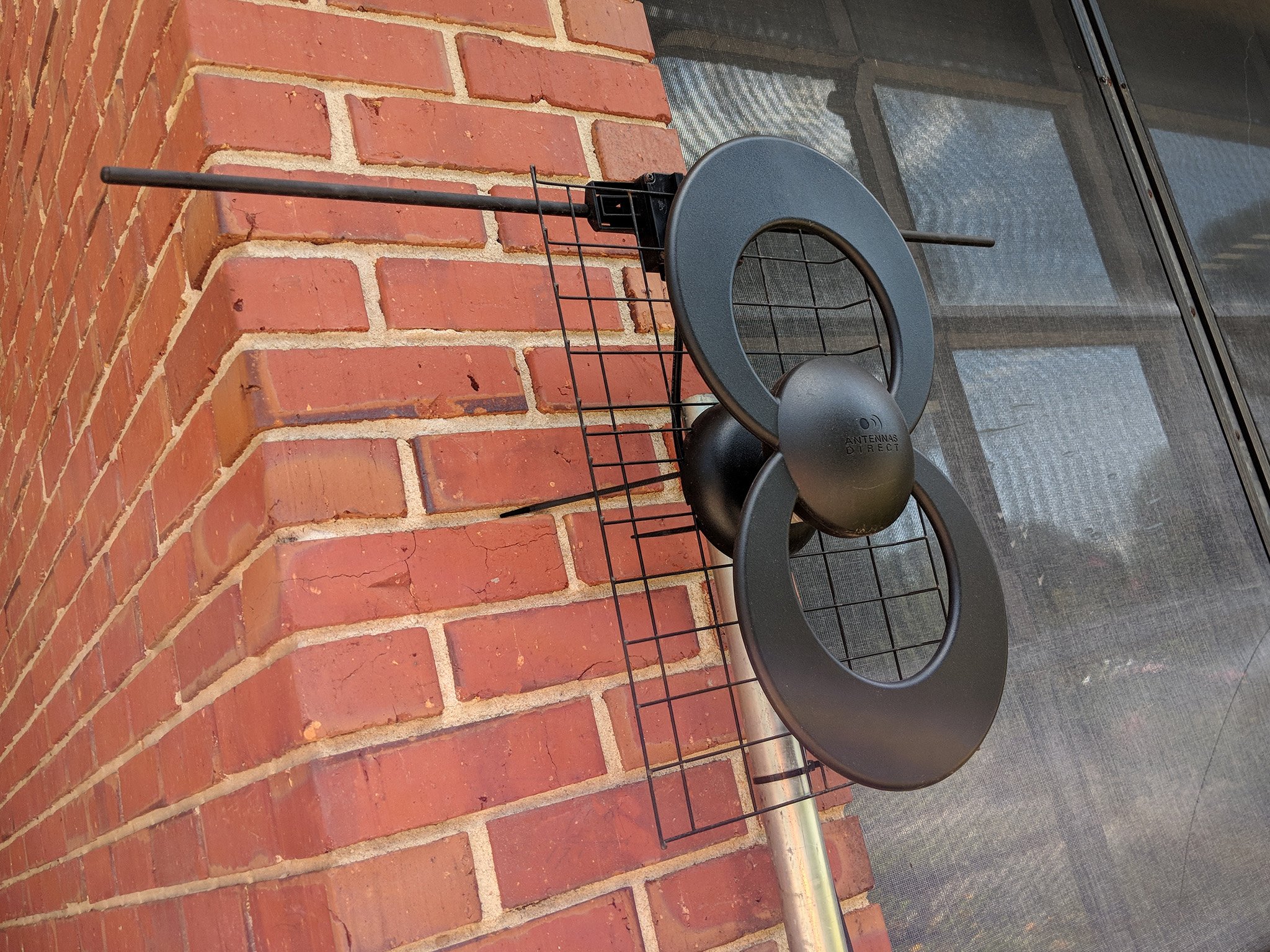
Ask anyone of a certain age and they'll tell you about the days in which dinosaurs roamed the Earth, electricity was but a growing fad — and rabbit-ear antennas were common. Yes, there was once an era before streaming video. Before satellite TVs put a small dish on so many roofs. And even before coaxial cables were strewn from home to home.
Radio signals, beamed from huge antennas as far as their transmitters could take them, fed this newfangled thing called television into sets into living rooms the world over.
And the funny thing is it never actually went anywhere. Sure, cable TV all but killed off the need for broadcast television for a whole lot of folks in the 1980s. Satellite did the same as well. But over-the-air TV itself didn't die, even if we quit using it.
That brings us to today. More people than ever have switched to streaming solutions, with everything coming in over an internet connection. (Never mind that that connection often is a coax cable from the came company that we used to pay for television.) But while streaming solutions often are cheaper, they also often have holes, particularly regarding local stations.
That's where over-the-air antennas come back into play. And this is your Cord Cutters Guide to getting free over-the-air television.
What you need for free OTA TV
There are a few moving parts when it comes to over-the-air TV.
First, you're going to need an antenna to receive the broadcasts. There are indoor models and outdoor models and models that can be sort-of hidden in plain sight, and there are amplifiers that can help boost signals. But the basic truths are that bigger is better, higher elevation is better, and the direction the antenna is pointing might well matter most.
Get the What to Watch Newsletter
The latest updates, reviews and unmissable series to watch and more!
An antenna and a tuner (with or without DVR) do wonders to fill the gaps of streaming TV.
Then you're going to need a way to get the signal from the antenna to a tuner. That means coaxial cable — yes, the same kind of "cable" that cable providers use. And that means there's a decent chance you can just piggyback something that's already installed in your home. Or run new cable. Your call.
Then you're going to need a tuner. That's the thing that translates the over-the-air TV signals into visuals that you can actually see. If you've got a coax jack on the back of your TV, you're good to go. You can just plug straight in, and use the TV's built-in tuner to scan for channels.
And if you really want to get sexy (trust me, you do), it's worth looking at something like Tablo or HDHomerun — tuners that connect to your wireless network to beam out the over-the-air broadcasts to all of your devices.
More: The best over-the-air antennas
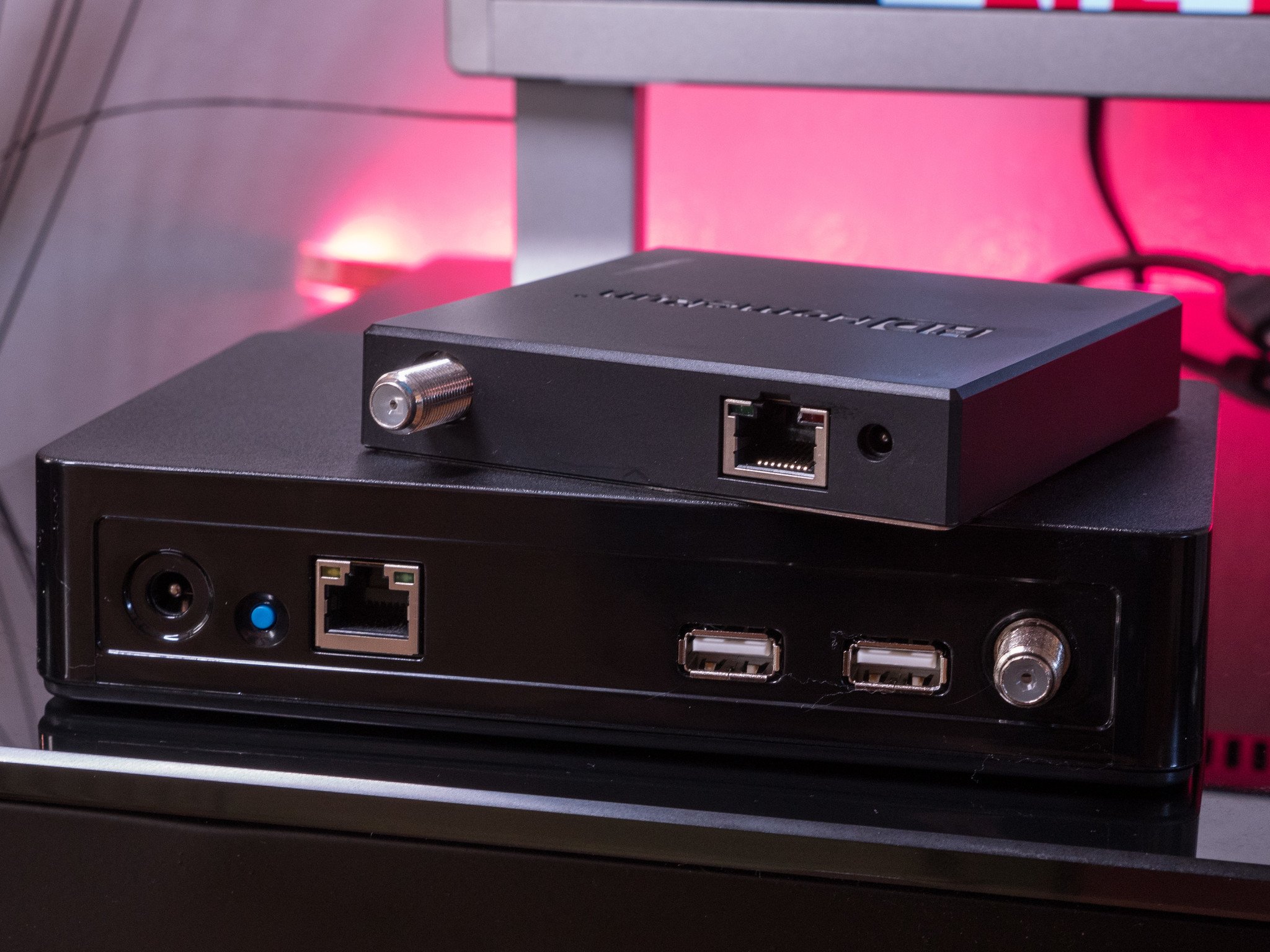
What else do you need for OTA TV?
Those are the basics. (And, yes, I'd throw Tablo and HDHomerun into "basics.")
What else might you need? Well, DVR is the other question that always pops up, because live TV is live TV. There are number of options when it comes to recording OTA broadcasts. Tablo actually is a tuner with a built-in DVR. That's what makes it a more expensive option, but it also makes it an easier option.
HDHomerun has a cloud-based DVR, as does the excellent Channels app (which works in conjunction) with HDHomerun. (It'll eventually have a single box with two tuners and a DVR built in, like Tablo.)
Or if you're more of the DYI type, you can route things through some local storage — or a proper network attached storage (NAS) box — and run things through Plex or Kodi, if that's how you roll.
The point is, you've got options for recording OTA shows, if you want.
Tablo DVR: Everything you need to know!
HDHomerun: Everything you need to know
Why use OTA broadcasting?
OK, that's a fair question. It's the 21st Century, we can watch 5 million channels through the internet. Why mess with antennas and cables and the like?
For one, it's free. OK, it's free after the hardware is paid for, but you get the idea.
The other thing is that this fills holes. It's very possible your streaming solution of choice excludes your local channels. Need local news? This is how you can get it. Need sports that's only shown on a local broadcast channel? This'll get it done.
And for another, it's free.
Did we mention it's free?
It's free.
Are antennas the only way?
If you don't want to (or just can't) do an OTA antenna, there are ways to get free TV via streaming.
Pluto is a surprisingly good streaming option. It's ad-supported, and there's a surprising amount of news channels available. You'll also find a whole bunch of B-movies and what otherwise would be known as YouTube-like content.
But given what it costs — nothing at all — there are worse ways to let your brain relax. All you need to do is sign up.
There's also a popular app called Mobdro, which is available for a number of platforms. (Though it's not actually available in app stores.) It's not quite one of of those gray-market apps, but it's lose. Essentially it scans the internet for open video streams and then piggybacks them into its app. The quality often isn't great, and things change up all the time.
But, it's a thing.


